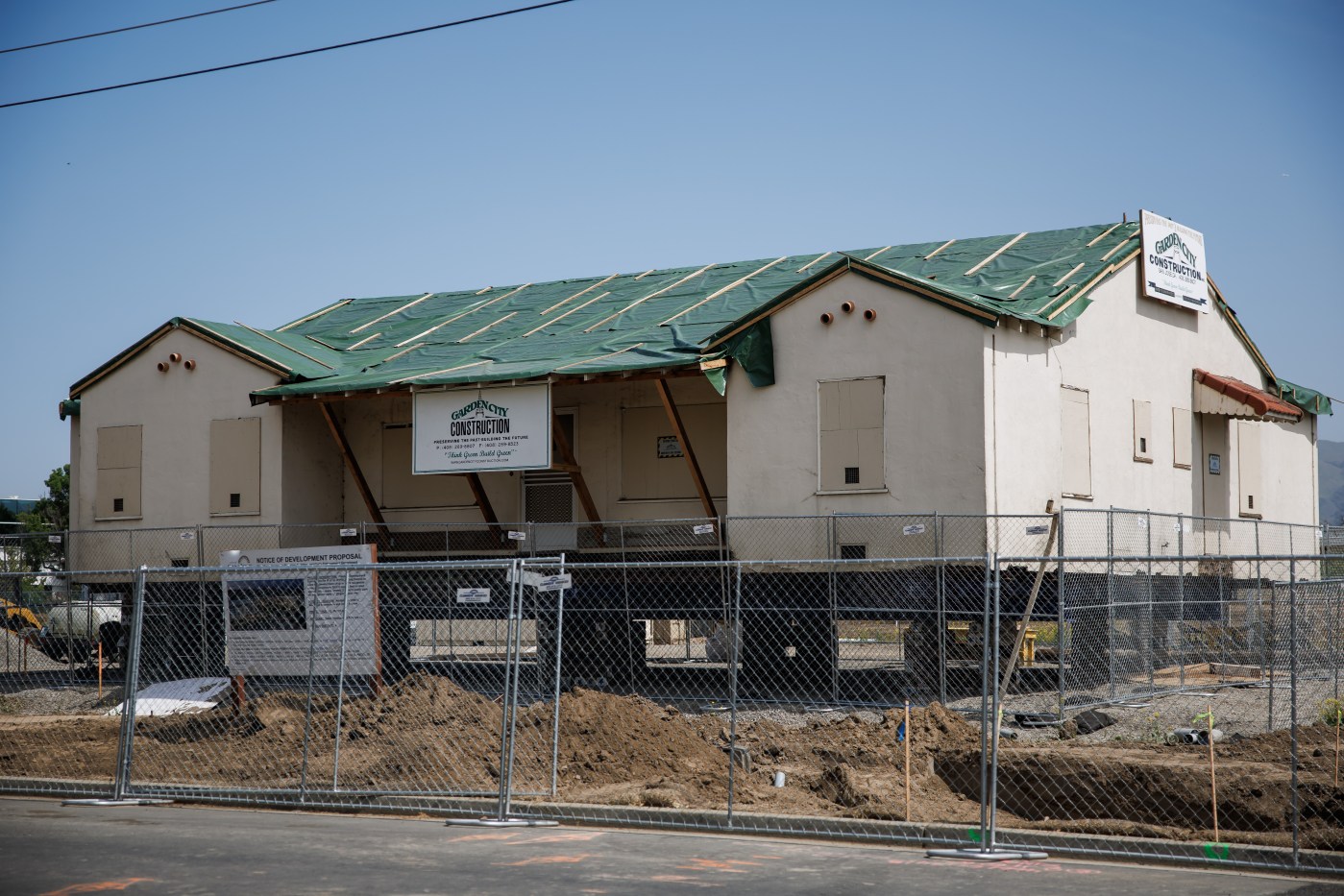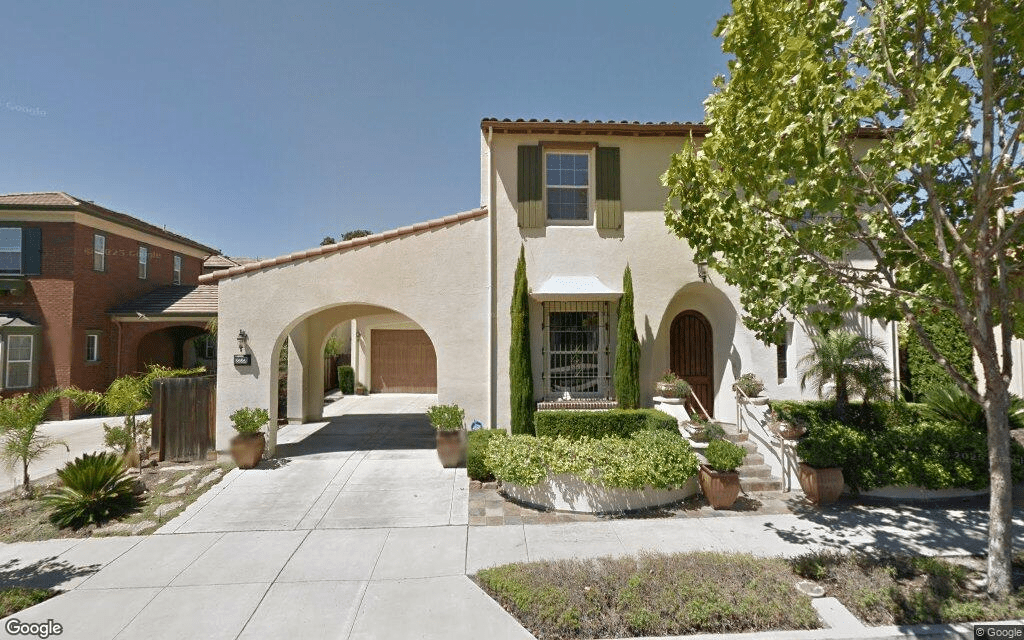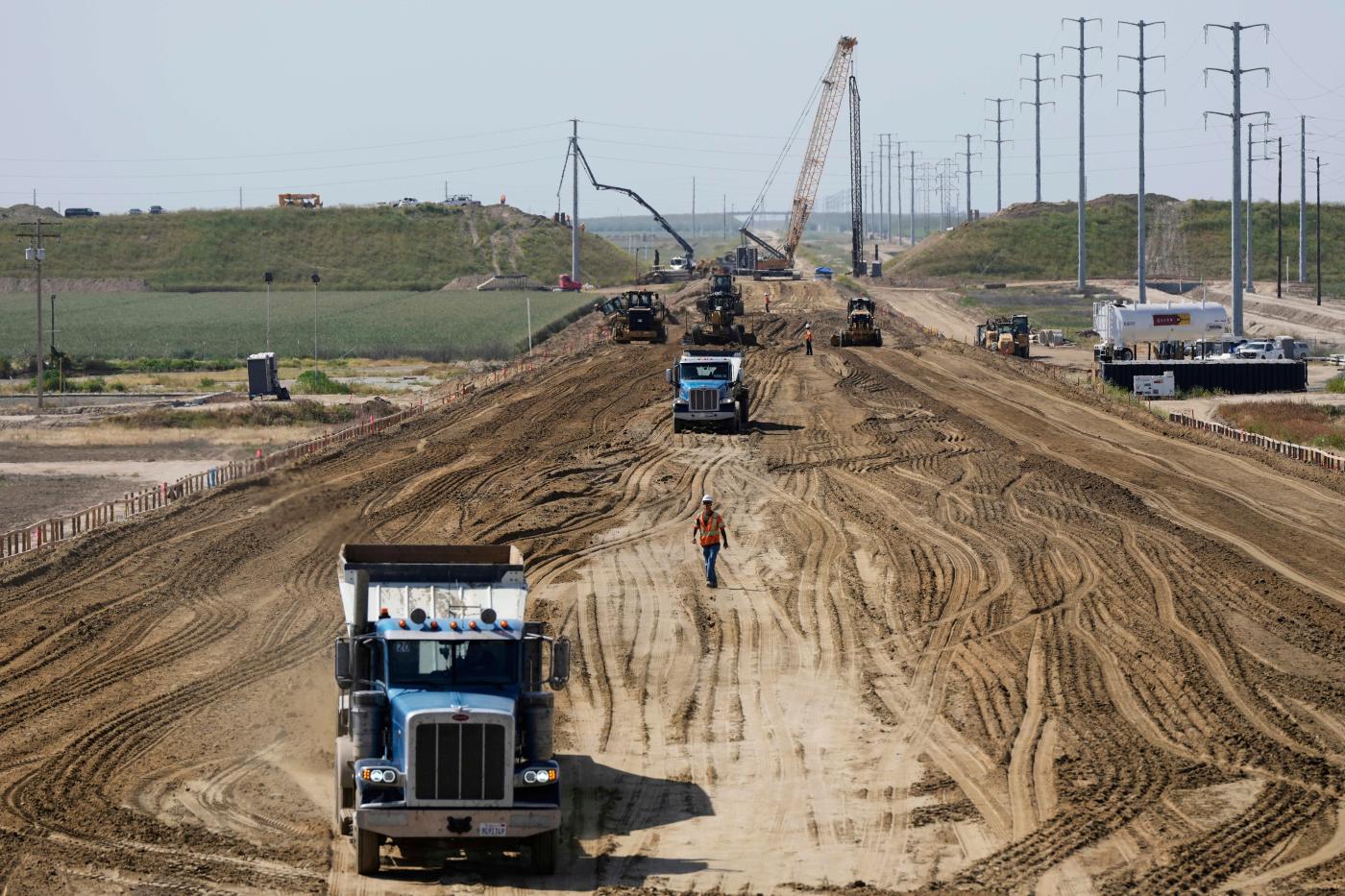While San Jose has approved naming a new park after Eiichi Edward Sakauye at the site of his family’s former farmstead, Councilmember Rosemary Kamei and preservationists are pleading with the city to do more to honor his legacy and Japanese-American history, including helping facilitate the relocation of the Sakauye farmhouse to History Park as the deadline to move the structure looms later this year.
Related Articles
San Jose project with hundreds of homes advances with real estate deal
Eight Oakland apartment buildings are bought for $60 million-plus
Housing plan involving defunct East Bay mall splits nearby residents
South Bay data center deal points to jump in values amid AI tech surge
Fitness center eyes new location at San Jose electronics store site
History Park CEO Bill Schroh said his organization has raised approximately $430,000 toward the estimated $700,000 to $800,000 needed to move the farmhouse by the November 2025 deadline. However, after attempting to identify grant funding over the past several months to help offset the remaining costs, Schroh and Kamei criticized the city administration for poor communication and a perceived lack of transparency, which hindered their efforts.
“This is a historic legacy that is not going to come back,” Kamei told the city administration on Tuesday. “We already decided we can’t do it on the property for whatever reason (and) we’re going to move it over. Help me move it over.”
San Jose approved The Hanover Co., SummerHill Homes and The Pacific Cos. project in August that will transform the 22.88-acre parcel at the intersection of Seely Avenue and Montague Expressway into a sprawling mixed-use urban village that will add 1,472 housing units, 18,965 square feet of retail and a 2.5-acre park.
Before the developers purchased the property, the land belonged to the Sakuaye Family, which had continued to operate one of the last remaining farms in Silicon Valley before choosing to sell it.
Eiichi Sakauye, who passed away in 2005, became a prominent figure in the agricultural community. He also holds the recognition as the only Japanese-American in San Jose to reclaim property after he was incarcerated in an internment camp in Wyoming during World War II.
Along with Sakuaye’s name adorning the park, developers will erect a commemorative plaza in his honor.
In acknowledging the loss of the farmland, District 4 Councilmember David Cohen, who represents the area, stated that the project would bring much-needed housing and public amenities that North San Jose has been lacking.
As the most under-resourced part of the city, Cohen said it is the largest area without a library, community center and dog park. Along with the 2.5-acre park, the developers will pay more than $11 million in park fees, which the city will allocate towards the development of Agnews Park.
“These are amenities North San Jose deserves like other parts of the city,” Cohen said.
As development plans emerged, preservationists had sought to preserve the Sakauye Family’s farmhouse on the site before a decision was made to relocate it to History Park, which already exhibits migrant worker cabins. In addition to the estimated $700,000 to $800,000 for relocating the farmhouse, the project also needs an additional $500,000 to $600,000 to renovate and maintain the structure.
Vanessa Hatakeyama, executive director of the Japanese-American Museum of San Jose, said the community needed “more than symbolic approval” of the park, but instead “meaningful partnership” from the city, emphasizing that the Sakauye story brought to life the agricultural contributions of Japanese-Americans, the injustice of the internment camps during World War II but also the “cross-racial allyship that helped preserve” their land.
“To date, this responsibility has fallen entirely on History San Jose, (the Japanese-American Museum of San Jose) and (Preservation Action Council of San Jose) without any direct financial support from the city,” Hatakeyama said. “The Sakauye house and the historical interpretation of the park are more than just a structure or a playground. They are vessels and spaces of memories and powerful educational tools.”
But according to Kamei and Schroh, issues arose as they attempted to explore potential funding opportunities from the Santa Clara County Open Space Authority.
Schroh said the city kept redirecting him to other departments on how to apply for funding before learning that the city already had a priority list for different projects it wanted to use the money for.
“The runaround the city gave me was disgraceful,” Schroh said.
After Kamei expressed similar sentiments — claiming that city administration had not been transparent with her — Parks, Recreation and Neighborhood Services Director Jon Cicirelli disputed her characterization of events and said he told Kamei specifically about projects his department had prioritized, including one that also had cultural significance.
City Manager Jennifer Maguire and Deputy City Manager Angel Rios reiterated that city staff are committed to finding alternative funding sources, recognizing the importance of the farmhouse.
Rios said the city had already explored the potential use of construction and conveyance tax funds, but that option did not pan out. He suggested that the city could explore other grants or consider tapping into the philanthropic community.
“What we can’t do at this point is guarantee that we’re going to be able to — by this timeline – come up with the up to $1 million to make this happen,” Rios said. “(Based on) past history, we typically work with other organizations to secure this type of move, but I want to be very clear that we are definitely in support of the councilmember’s vision and idea to make this happen. The struggle right now is how do we reconcile competing interests.”





